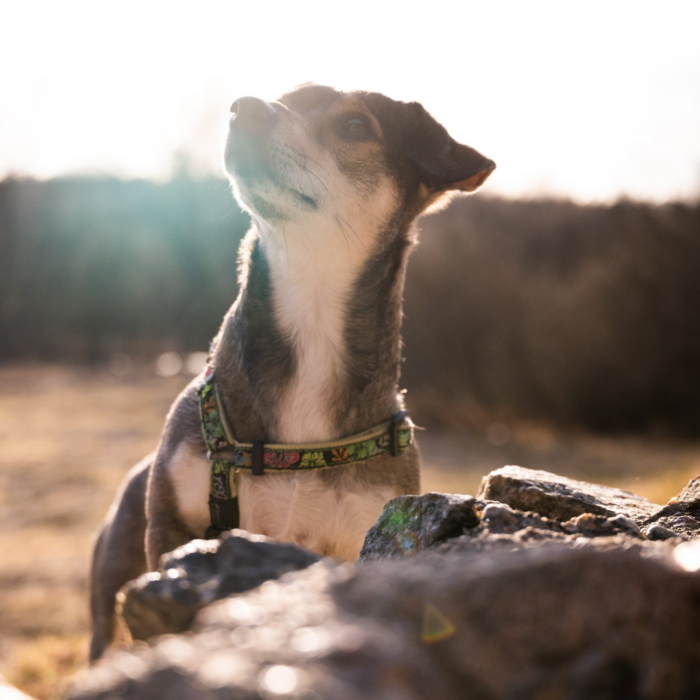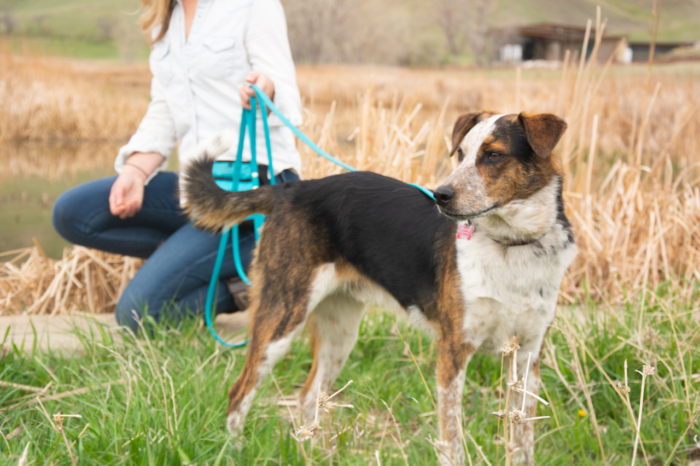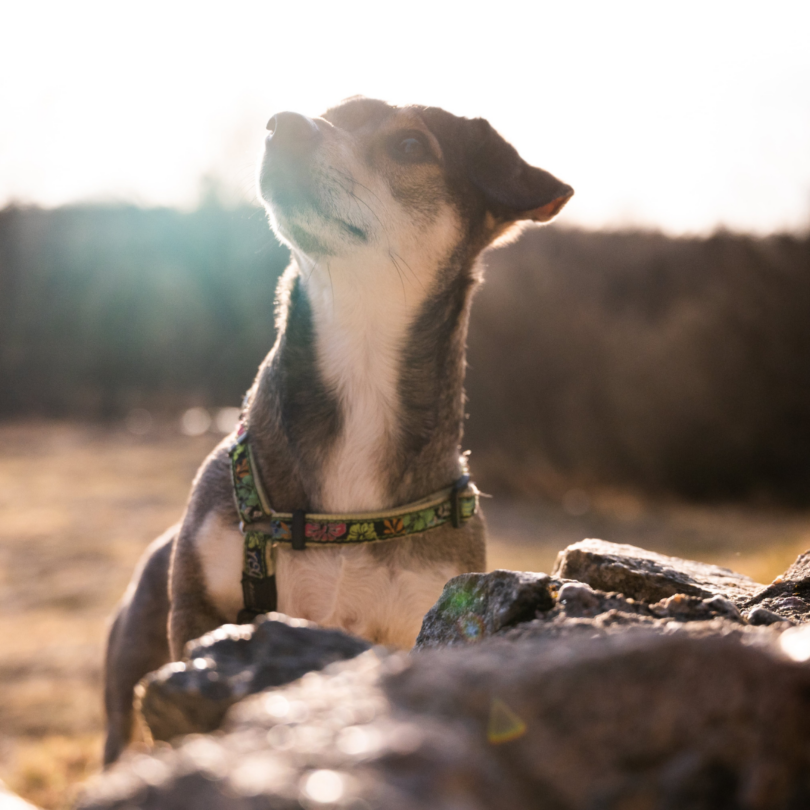In episode 56 of the Paws & Reward Podcast, join Sarah Stremming and me as we dive into the nuances behind the different scenarios for setting up training sessions for leash reactivity. Trainers and behavior consultants routinely use setups as part of their approach when treating reactivity, but the details and considerations are rarely discussed. Watch our conversation on my YouTube Channel.
What are leash reactivity training set-ups?
In order to work on modifying a behavior, setups are essential. They are controlled environments where experienced trainers and handlers create scenarios to help dogs feel safe and comfortable. When dogs feel safe and comfortable during training they are more likely to learn and retain new skills, especially if the behavior you wish to modify is based on fear or anxiety.
Many dogs who are reactive on leash deal with anxiety due to the inability to escape a scary situation while tethered on a leash. Set-ups help the dog feel more in control of their situation and help handlers learn skills to empower their dogs.
There are many factors to consider when creating a training set-up for dogs with leash reactivity. There are logistical and training considerations to take into account.

Logistical Considerations for Leash Reactivity Set-Ups
- Choose the easiest environment
- Choose a location with low distractions.
- Scout the area before choosing the location so you can troubleshoot challenges and prepare your setup.
- Choose a “helper” dog
- You can either start off by using a stuffed dog during the setups or by recruiting another dog that can be the “helper” dog at a distance. When choosing a helper dog, please take into consideration what types of your dog might do well with to start. Some considerations may include size, breed, age, and energy level.
- Choose the right equipment
- Make sure to have your dog wearing a leash, appropriate harness, and a basket muzzle if needed.
- Choose the best reinforcement
- Bring a variety of food items that your dog likes, loves, and finds very high-value. Brig more treats than you think you need. And, test to see if your dog will eat the treats once you arrive at the location. Eating is the first behavior that we have to see in order to proceed with the setup.
- Create an Enrichment Zone (EZ) for both dogs – the dog that is being trained and the “helper” dog
- A comfortable place to escape and decompress between short sessions
- Blanket
- Snuffle mat
- Water bowl (very important)
- Food puzzle toy
- A comfortable place to escape and decompress between short sessions
- Keep your training session short. Set a timer since most of us continue to push past threshold.
Training Considerations for Leash Reactivity Set-Ups
- Teach the client about their dog’s body language.
- Teach management skills first
- Active management skills for leash reactivity are a primary skill needed in order to prevent reactivity and keep your dog under emotional threshold. A few include “find it”, U-turn, treat magnet, and yielding from leash pressure.
- Make sure to teach your client an escape plan and rehearse it prior to the setups.
- Determine the distance you need to set up away from the “helper dog”. Use cones or other visual markers to support the client.
- Prepare a communication system between all the handlers. Agree to specific signals before the setup session, for example, a raised hand means a break is needed.

Join Marissa and Sarah for their Reactivity Setup Webinar: The World’s NOT a Stage on November 29th, 2022 at 5pm PST
Where to Find Sarah Stremming:
Other Resources:
- Amy Cook’s Reactive Dog Class
- Paws and Reward Enrichment eBook
- Reactivity Webinar
- Ep 18: Support for Reactive Dog Clients with Rachel Laurie Harris

